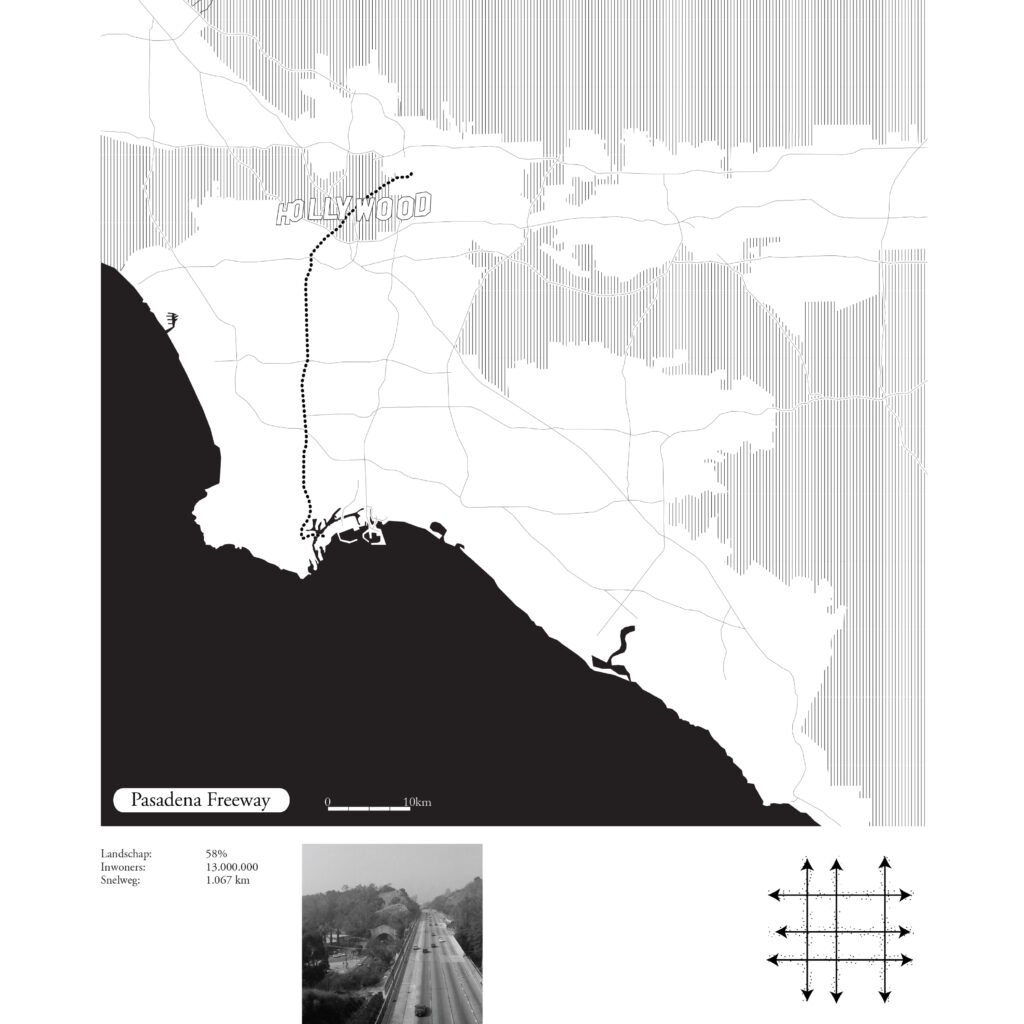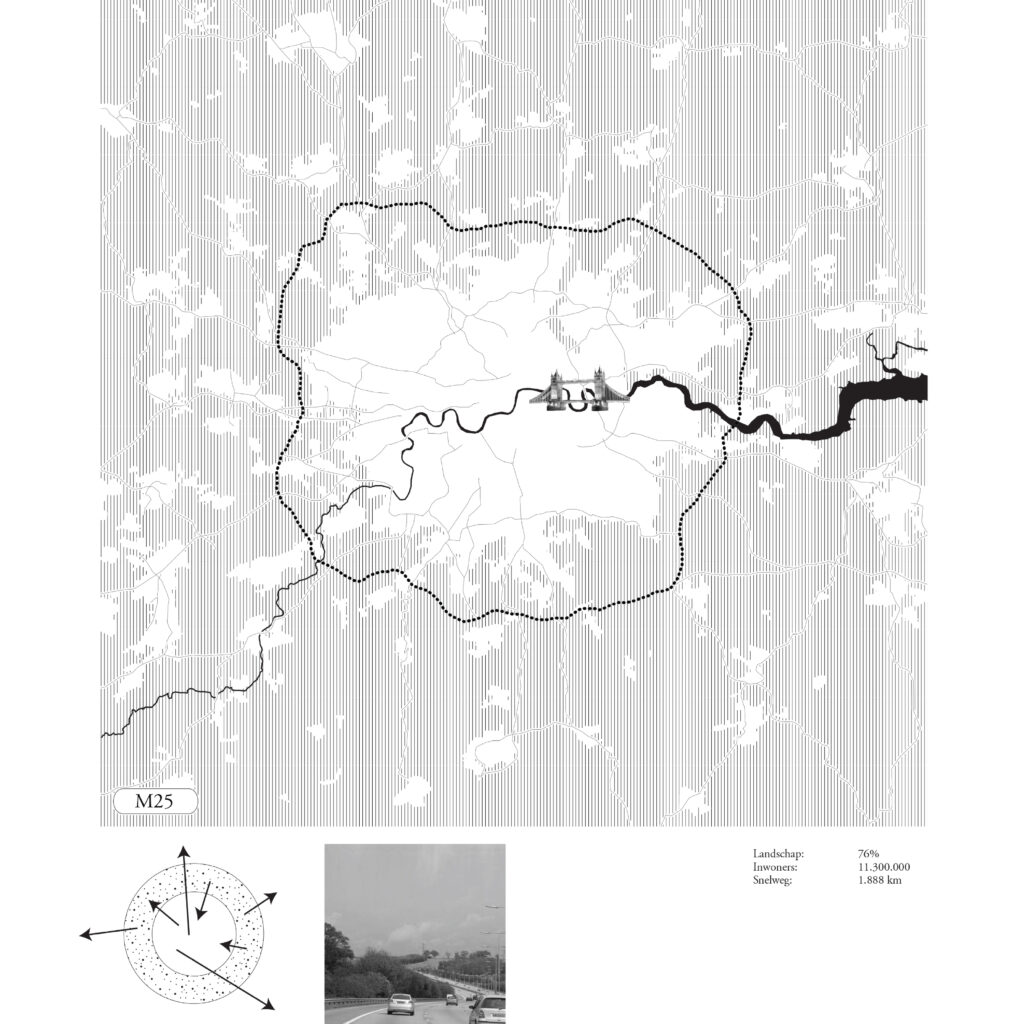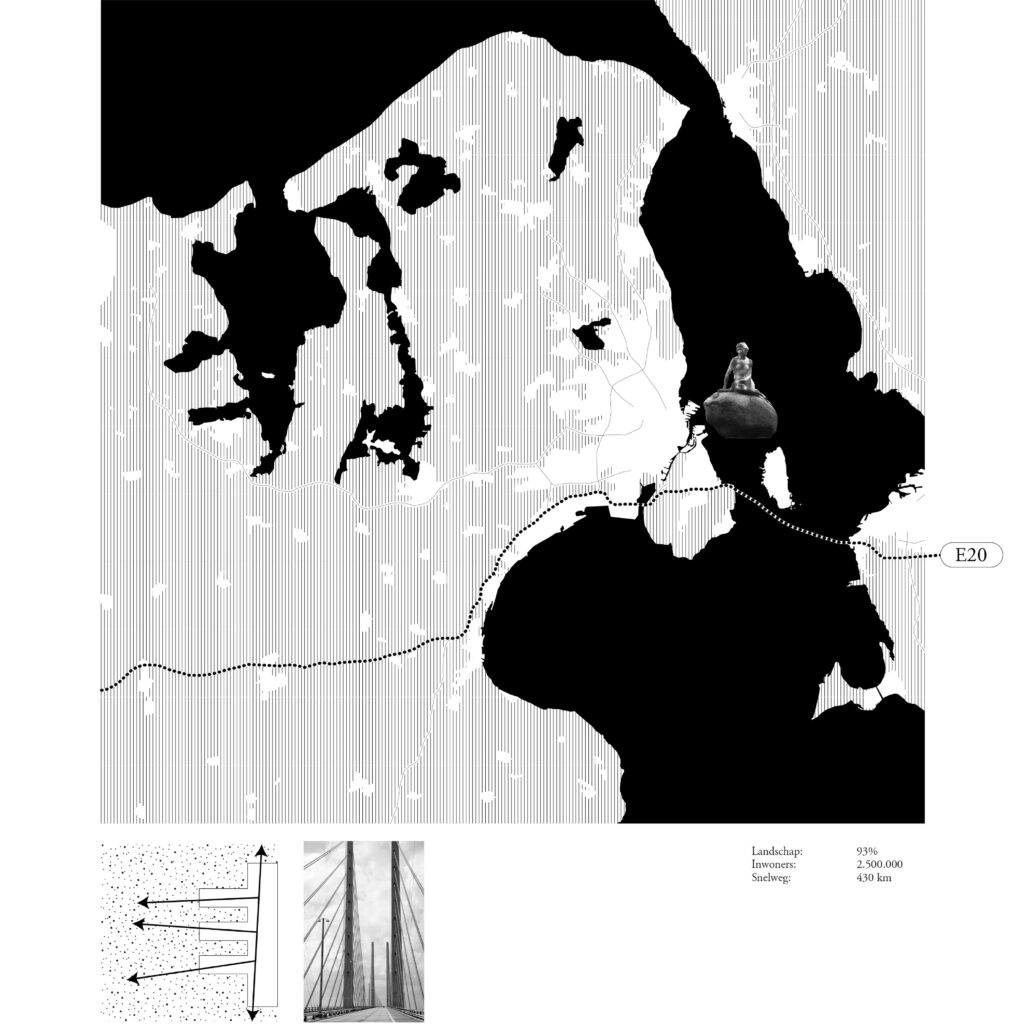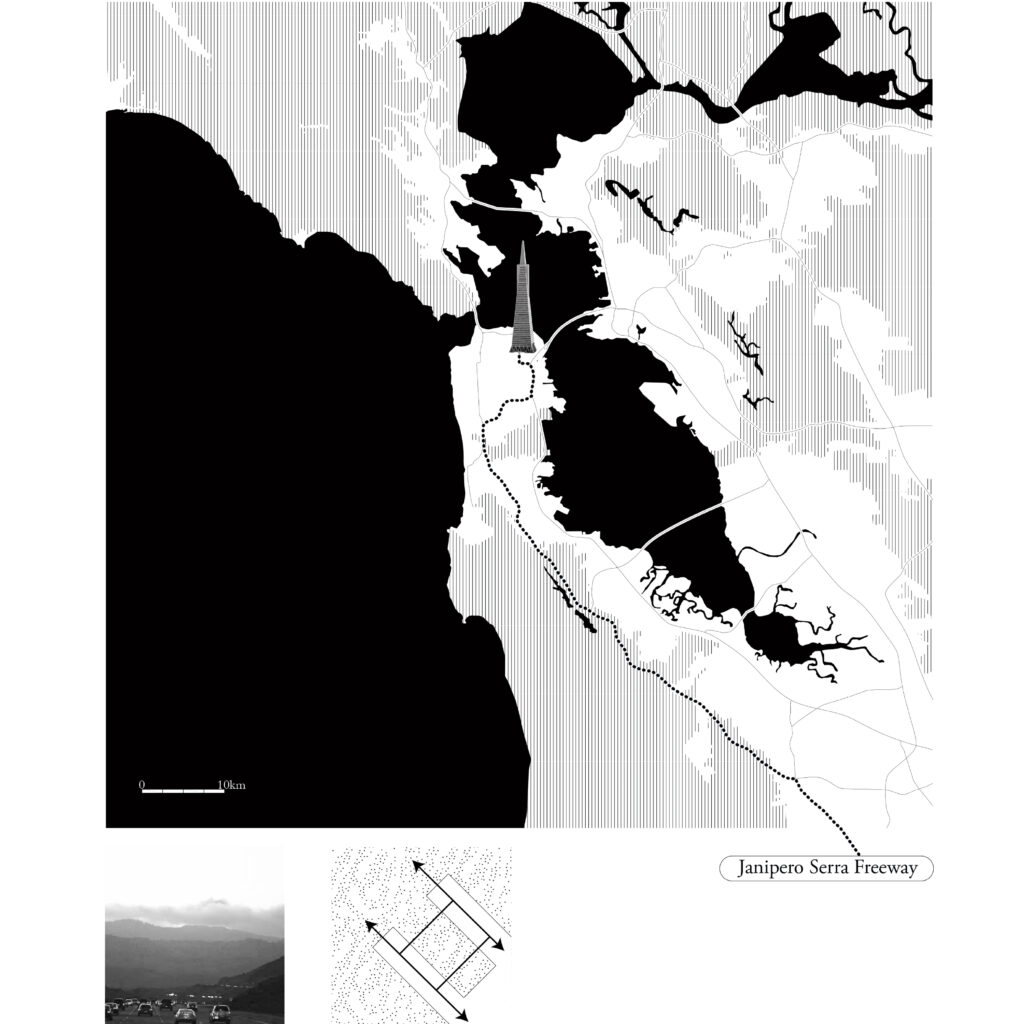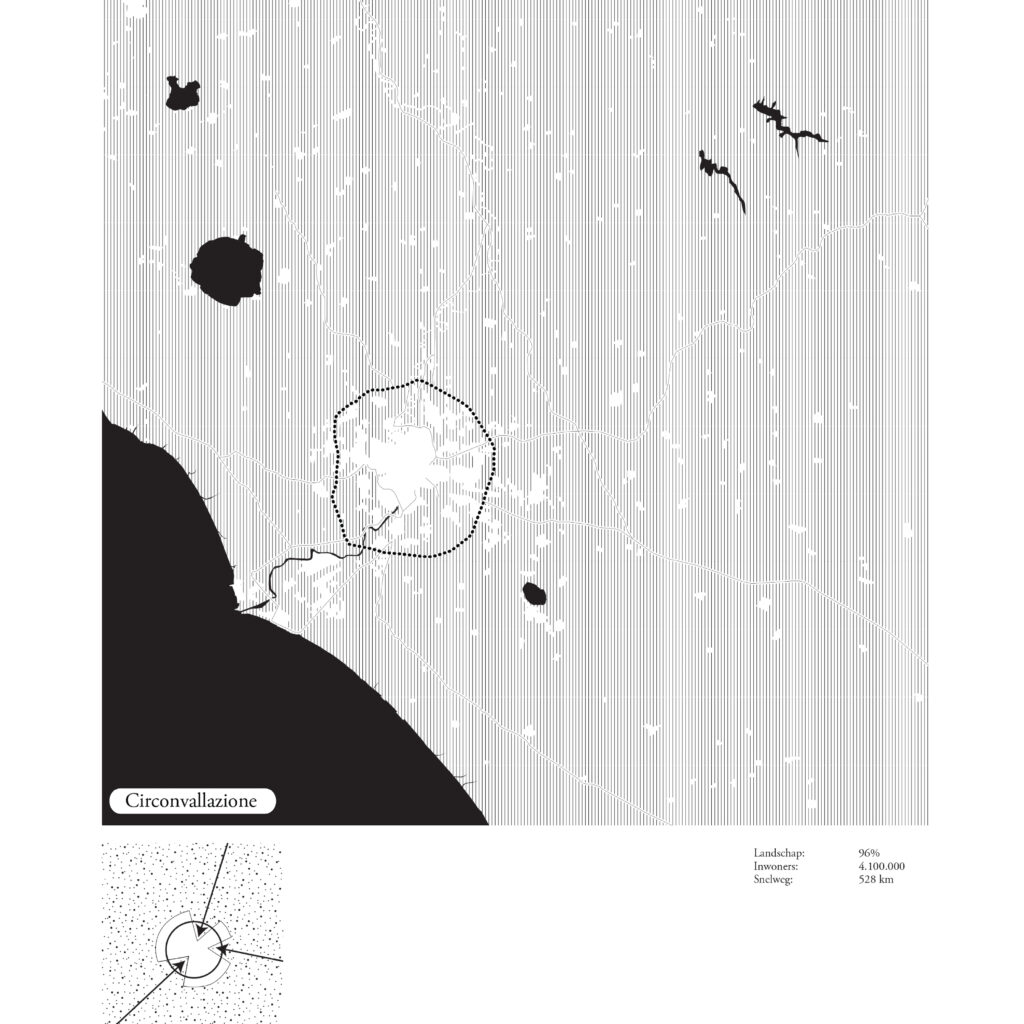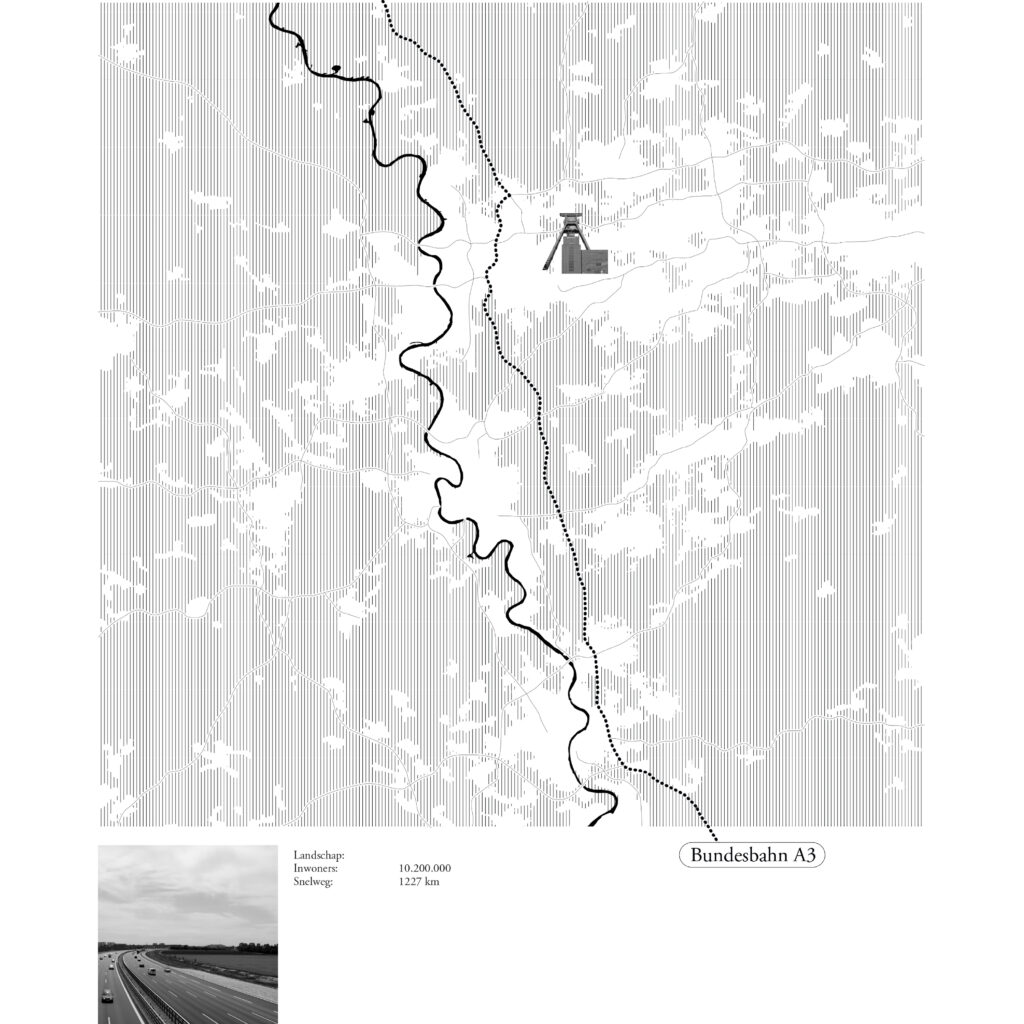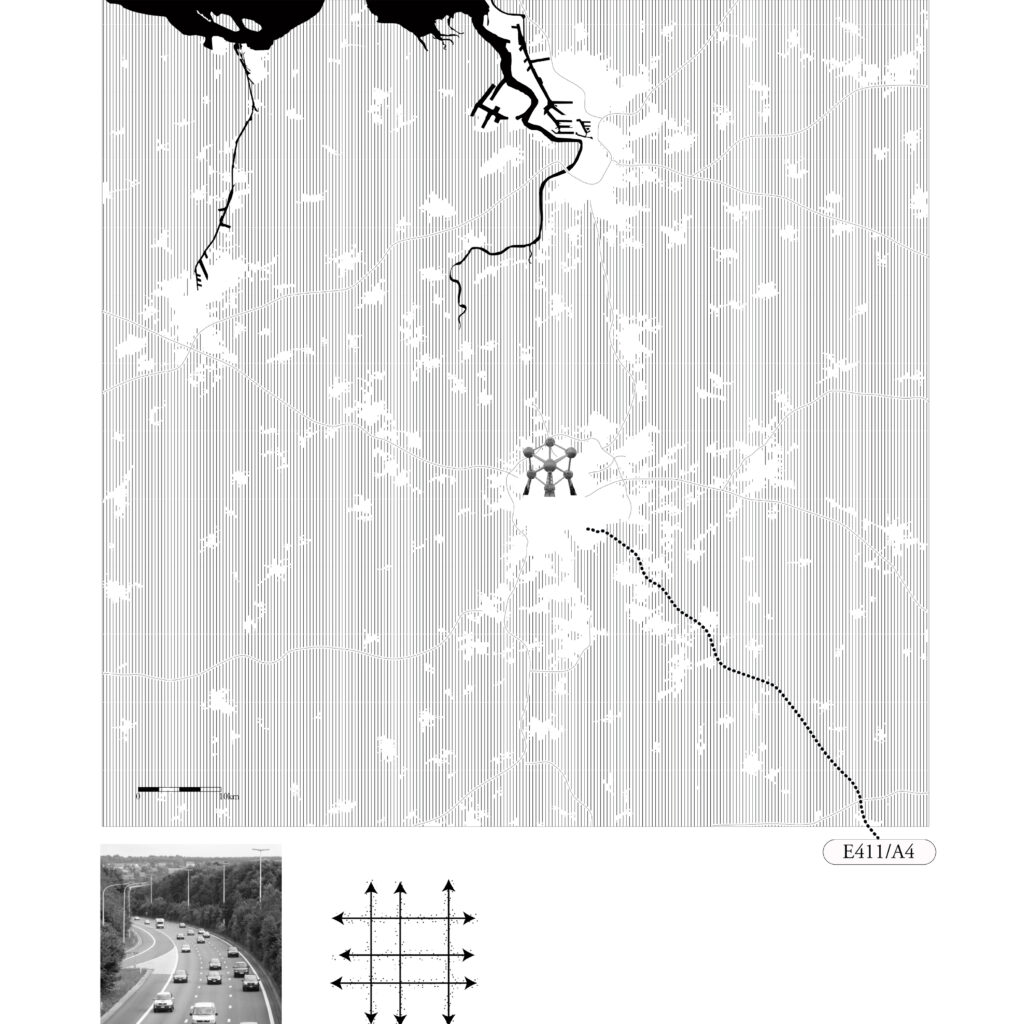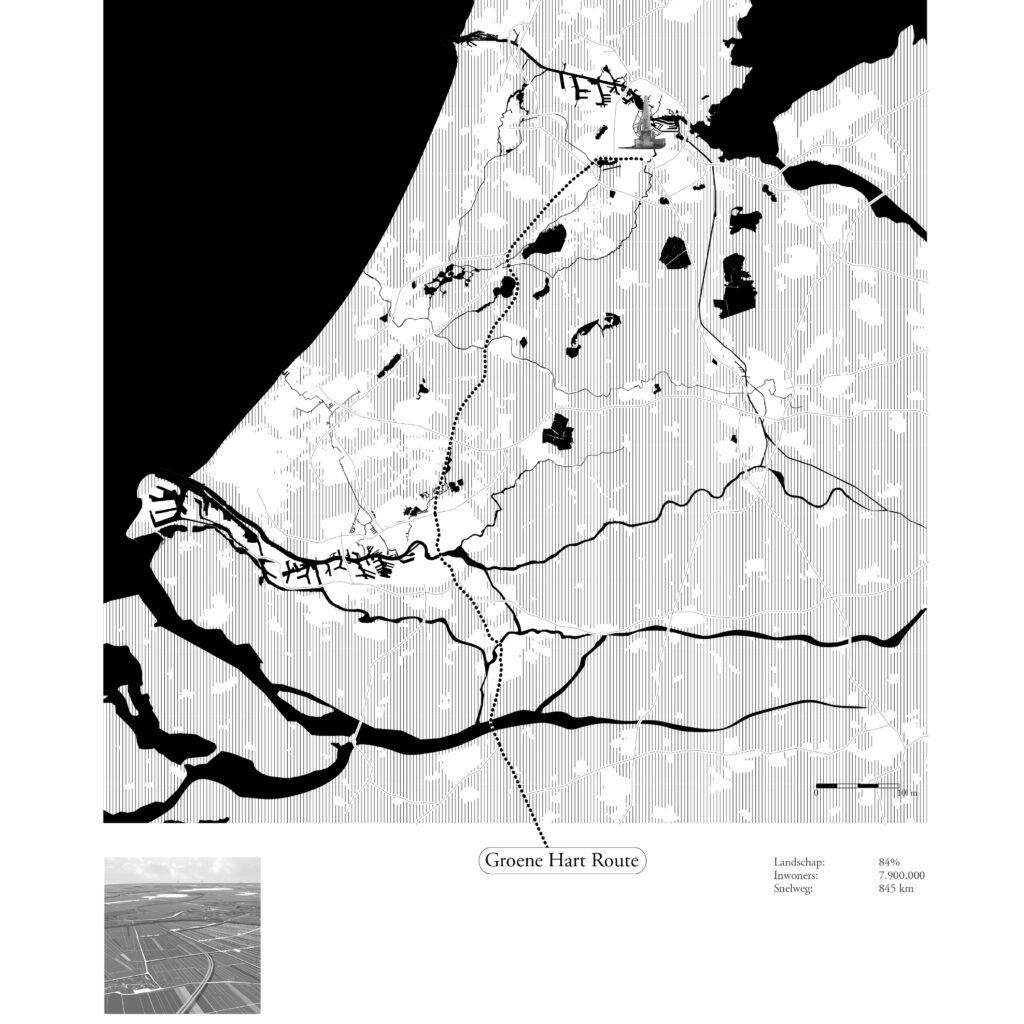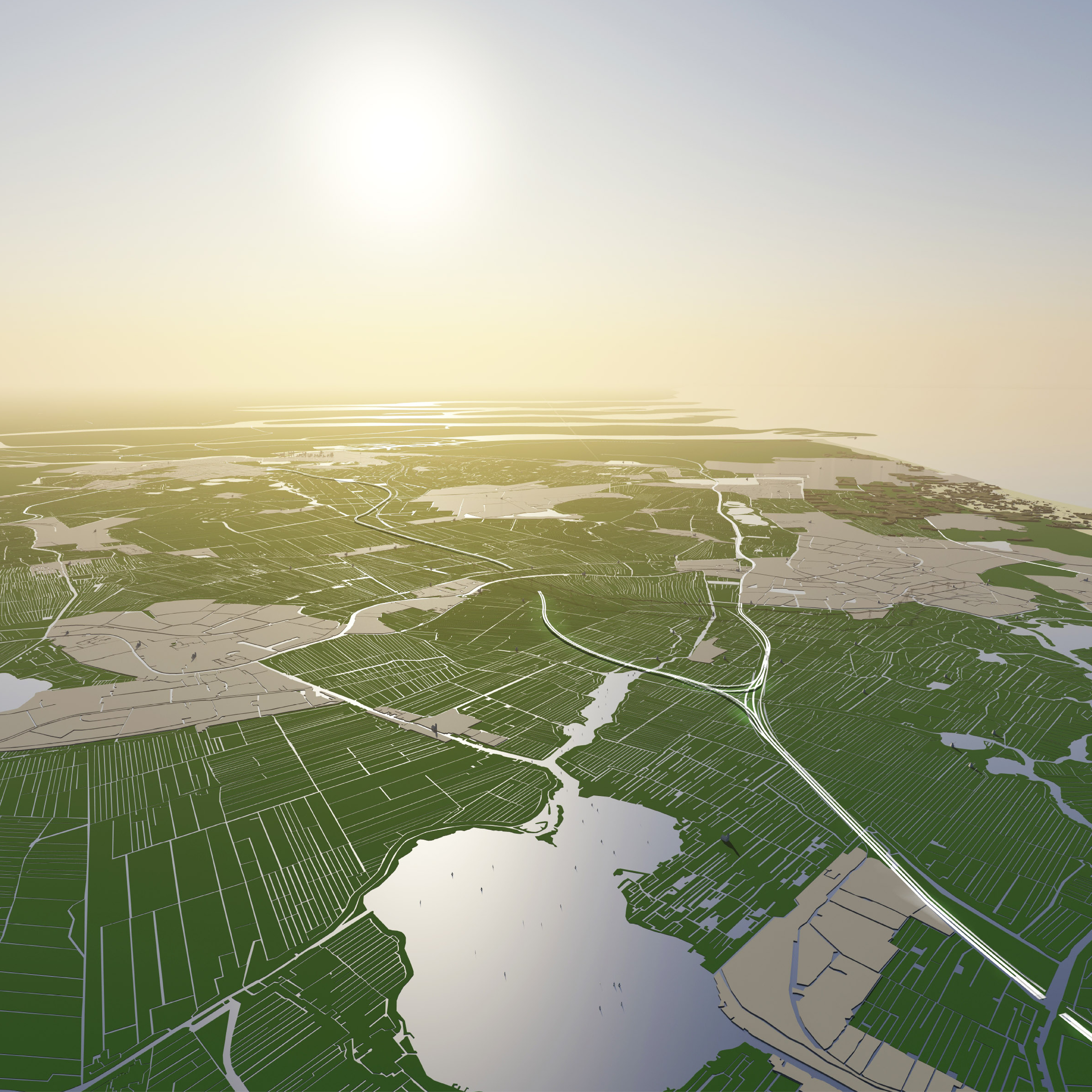- Type: Research report
- Client: Self-initiated by Studio Hartzema
- Core team: ir. Henk Hartzema, Michiel Burgerhout, Laure Brusset, Ruggero Cipolla, Jasper Pat, Christine Schroder, Derk Thijs, ir. Anne Zekveld
- Collaborators: Drs. ing. J.Bout (Royal Haskoning), Mr. drs. L.C.Brinkman (Bouwend Nederland), Dr. J.W.A. van Dijk (Provincie Zuid Holland), A.V. de Kok (Gemeente Oegstgeest), ir. P.A.J.C. Kunst (Royal Haskoning), Drs. A.P. Mesker (VNO-NCW), R. Mulder (Bouwend Nederland), F.J.M. van Nunen (Huisvesting Vrije Universiteit), H.W.J. Ovink (VROM), Drs. F.R.Rakers (Huisvesting VUmc), ir. J.P. van Rossum (OVG), Drs. Ing. M. J. Smit (Res&Smit), Mr. J.P.R.M. Steegh (Gemeente Leiden), ir.N.J. de Vries (BAM groep), ir. C.J. Vriesman (G4P3), M.J.D. Witteman (Gemeente Leiden)
- Status: Completed (2009)
- Full material at: https://www.studiohartzema.com/werken/space-making/
In contemporary societies, the expressiveness of roads has been recognized and used consciously. In many cases, they contribute to cultural identity. Thanks to Thomas Jefferson, cities in the United States have been dominated by the street grid since the end of the 18th century in order to show that “all Americans are basically equal.” In France, hierarchical infrastructure contributes to the position of Paris as an absolute center. In fact, the story of the French capital is told through generous boulevards that put important buildings in prominent positions and thereby express intricate social and cultural relationships.
In the case of the Netherlands, the long tradition of focusing on the ports combined with the lack of a distinct network of highways have made the Randstad and the Dutch capital a remote corner of Europe. Ruimte voor de Randstad shows that, compared to major world metropolises, the Randstad is lacking an integrated structure of highways that would control fragmentation and connect the Dutch cities to major neighbouring countries and territories.
